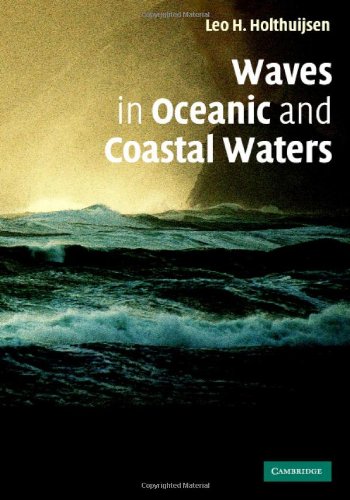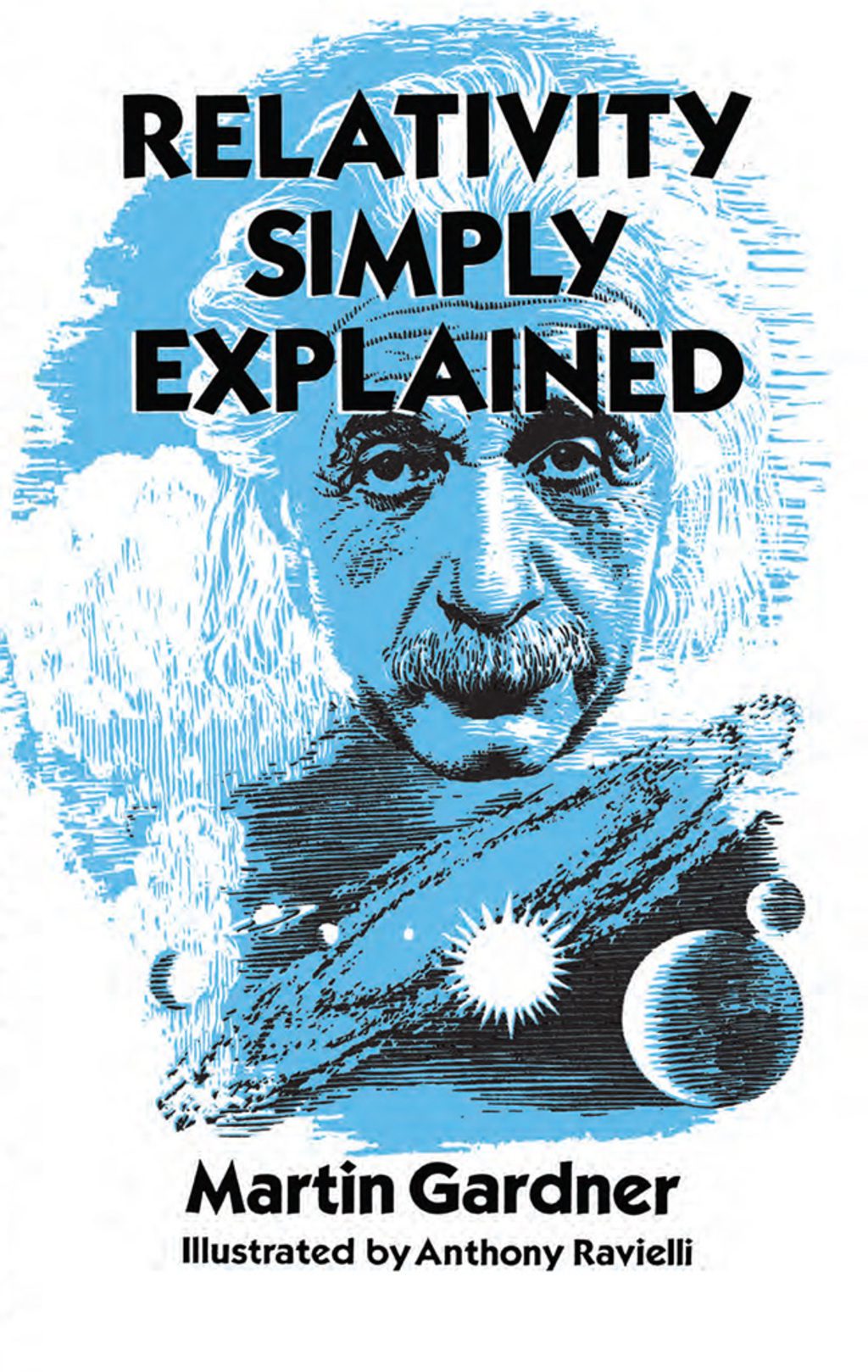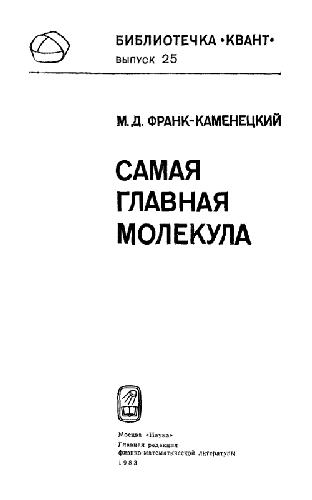Leo H. Holthuijsen0521860288, 9780521860284, 9780511270215
Table of contents :
0521860288……Page 1
Title……Page 7
Copyright……Page 8
Contents……Page 9
Preface……Page 15
Acknowledgements……Page 17
1.2 This book and its reader……Page 19
1.3 Physical aspects and scales……Page 21
CHAPTER 2 OBSERVATION TECHNIQUES……Page 25
CHAPTER 5 LINEAR WAVE THEORY (OCEANIC WATERS)……Page 26
CHAPTER 9 THE SWAN WAVE MODEL……Page 27
2.2 Introduction……Page 28
2.3 In situ techniques……Page 30
2.3.1 Wave buoys……Page 31
2.3.2 Wave poles……Page 33
2.3.3 Other in situ techniques……Page 35
2.4 Remote-sensing techniques……Page 36
Stereo-photography……Page 37
Imaging and non-imaging radar……Page 38
Laser altimetry……Page 39
Radar altimetry……Page 40
3.2 Introduction……Page 42
3.3.1 Waves……Page 43
3.3.2 Wave height……Page 45
3.4 Visual observations and instrumental measurements……Page 47
3.5.1 Introduction……Page 49
3.5.2 The random-phase/amplitude model……Page 51
3.5.3 The variance density spectrum……Page 54
3.5.4 Interpretation of the variance density spectrum……Page 56
The spectral domain……Page 59
Formal definition……Page 60
3.5.6 The frequency–direction spectrum……Page 61
3.5.7 The spectrum at sea……Page 65
3.5.8 Wave-number spectra……Page 66
The two-dimensional wave-number spectrum……Page 67
The three-dimensional frequency–wave-number spectrum……Page 68
3.5.9 Spectrum acquisition……Page 69
3.6 Transfer functions and response spectra……Page 70
4.2 Short-term statistics……Page 74
4.2.1 Instantaneous surface elevation……Page 75
Wave period……Page 78
Crest height……Page 80
Wave height……Page 86
4.2.3 Wave groups……Page 93
4.2.4 Extreme values……Page 95
Extreme elevations……Page 96
Extreme wave heights……Page 100
4.3 Long-term statistics (wave climate)……Page 103
4.3.1 The initial-distribution approach……Page 105
4.3.2 The peak-over-threshold approach……Page 113
4.3.3 The annual-maximum approach……Page 116
4.3.4 Individual wave height……Page 119
4.3.5 Wave atlases……Page 123
5.1 Key concepts……Page 124
5.3 Basic equations and boundary conditions……Page 125
5.3.1 Idealisations of the water and its motions……Page 126
5.3.2 Balance equations……Page 127
Momentum balance……Page 130
5.3.3 Boundary conditions……Page 132
5.3.4 The velocity potential function……Page 133
5.4.1 Introduction……Page 136
5.4.2 Kinematics……Page 137
Particle velocity……Page 138
Particle path……Page 139
The dispersion relationship……Page 141
Phase velocity and group velocity……Page 143
Wave-induced pressure……Page 146
5.4.4 Capillary waves……Page 147
5.5.1 Wave energy……Page 149
5.5.2 Energy transport……Page 150
5.6.1 Introduction……Page 155
5.6.2 Stokes’ theory and Dean’s stream-function theory……Page 157
5.6.3 Cnoidal and solitary waves……Page 160
6.1 Key concepts……Page 163
6.2 Introduction……Page 164
6.3 Wave modelling for idealised cases (oceanic waters)……Page 165
6.3.1 Idealised wind……Page 166
6.3.2 The significant wave……Page 168
6.3.3 The one-dimensional wave spectrum……Page 173
6.3.4 The two-dimensional wave spectrum……Page 180
6.4 Wave modelling for arbitrary cases (oceanic waters)……Page 185
6.4.1 The energy balance equation……Page 187
6.4.2 Wave propagation and swell……Page 192
6.4.3 Generation by wind……Page 195
6.4.4 Nonlinear wave–wave interactions (quadruplet)……Page 201
6.4.5 Dissipation (white-capping)……Page 206
6.4.6 Energy flow in the spectrum……Page 210
6.4.7 First-, second- and third-generation wave models……Page 212
7.2 Introduction……Page 215
7.3.1 Shoaling……Page 217
7.3.2 Refraction……Page 220
7.3.3 Diffraction……Page 228
7.3.4 Refraction and diffraction……Page 235
7.3.5 Tides and currents……Page 236
7.3.6 Reflections……Page 239
7.4.2 Wave momentum and radiation stress……Page 243
7.4.3 Wave-induced set-up, set-down and currents……Page 252
7.5.1 Introduction……Page 257
7.5.2 The Boussinesq model……Page 258
7.6 Breaking waves……Page 260
8.1 Key concepts……Page 262
8.2 Introduction……Page 263
8.3 Wave modelling for idealised cases (coastal waters)……Page 264
8.3.1 The significant wave……Page 265
8.3.2 The one-dimensional wave spectrum……Page 268
8.4 Wave modelling for arbitrary cases (coastal waters)……Page 274
8.4.1 The energy/action balance equation……Page 275
8.4.2 Wave propagation……Page 281
8.4.3 Generation by wind……Page 286
Quadruplet wave–wave interactions……Page 287
Triad wave–wave interactions……Page 288
Bottom friction……Page 294
Depth-induced (surf-)breaking……Page 299
8.4.6 Energy flow in the spectrum……Page 302
9.2 Introduction……Page 304
9.3.1 The action balance equation……Page 306
9.3.2 Generation by wind……Page 307
Quadruplet wave–wave interactions……Page 310
Triad wave–wave interactions……Page 311
White-capping……Page 312
Bottom friction……Page 313
9.4 Wave-induced set-up……Page 314
9.5.1 Introduction……Page 316
9.5.2 Propagation……Page 317
Numerical schemes……Page 319
Solvers, grids and boundaries……Page 323
9.5.3 Generation, wave–wave interactions and dissipation……Page 324
Negative source terms……Page 325
Numerical stability……Page 326
9.5.4 Wave-induced set-up……Page 327
1a Characterisation……Page 328
1b Gaussian probability density function……Page 330
2a Characterisation……Page 331
3a Characterisation……Page 332
3e Ergodic processes……Page 334
4 The sea-surface elevation……Page 335
2 Conservation equations (1)……Page 336
3 Boundary conditions (1)……Page 337
4 Rotation or vorticity……Page 338
6 Conservation equations (2)……Page 339
7 Boundary conditions (2)……Page 341
1 Introduction……Page 342
2 Basic analysis……Page 343
3a The finite duration of the wave record……Page 345
3b One wave record……Page 346
3c The discrete wave record……Page 348
3d Instrument and processing noise……Page 352
2 Refraction……Page 353
3 Frequency-shifting……Page 355
2 The vertically integrated balance equation (general)……Page 360
3 The vertically integrated mass-balance equation……Page 361
4 The vertically integrated momentum-balance equation……Page 362
5 Wave-induced set-up and set-down……Page 363
References……Page 365
Index……Page 397







Reviews
There are no reviews yet.